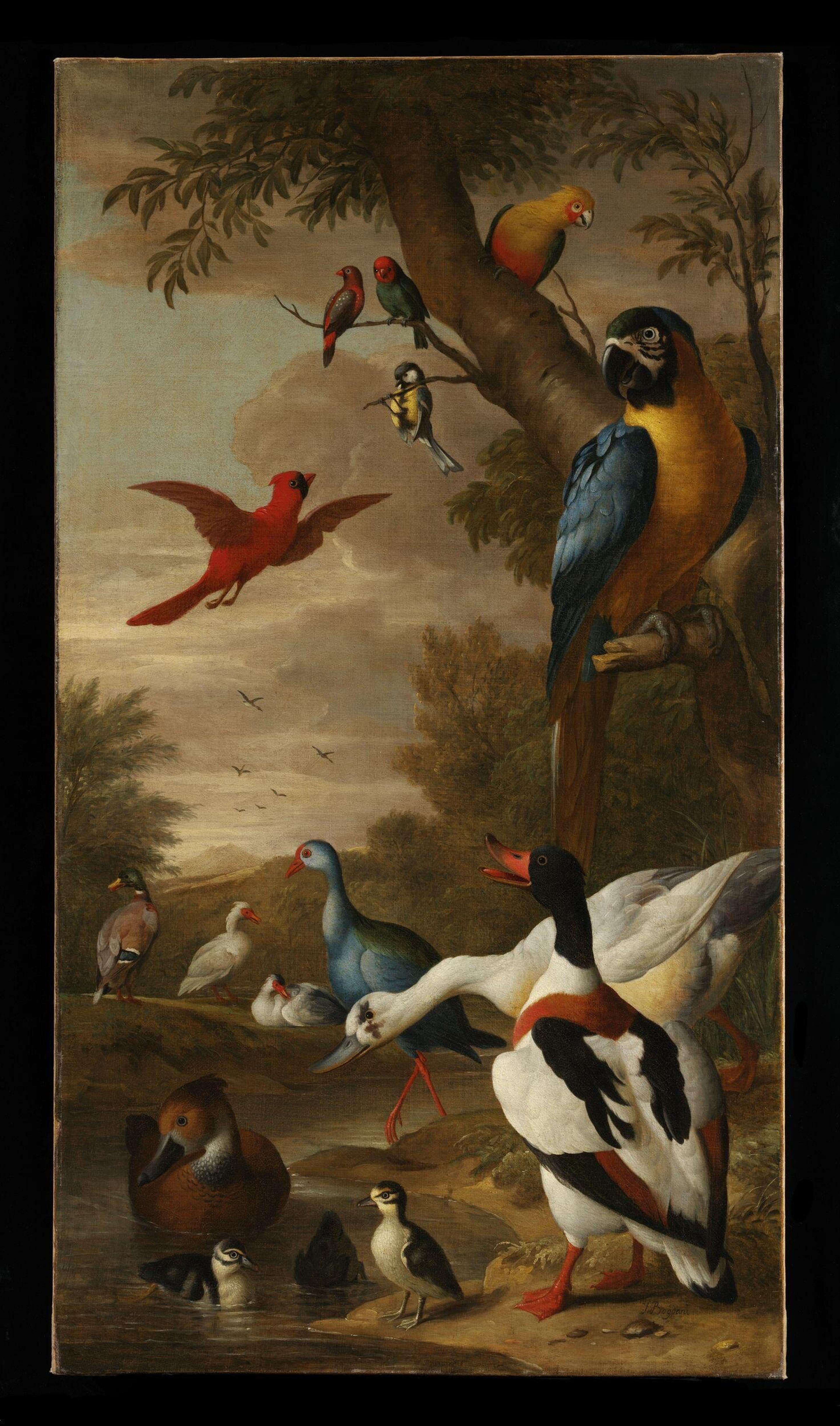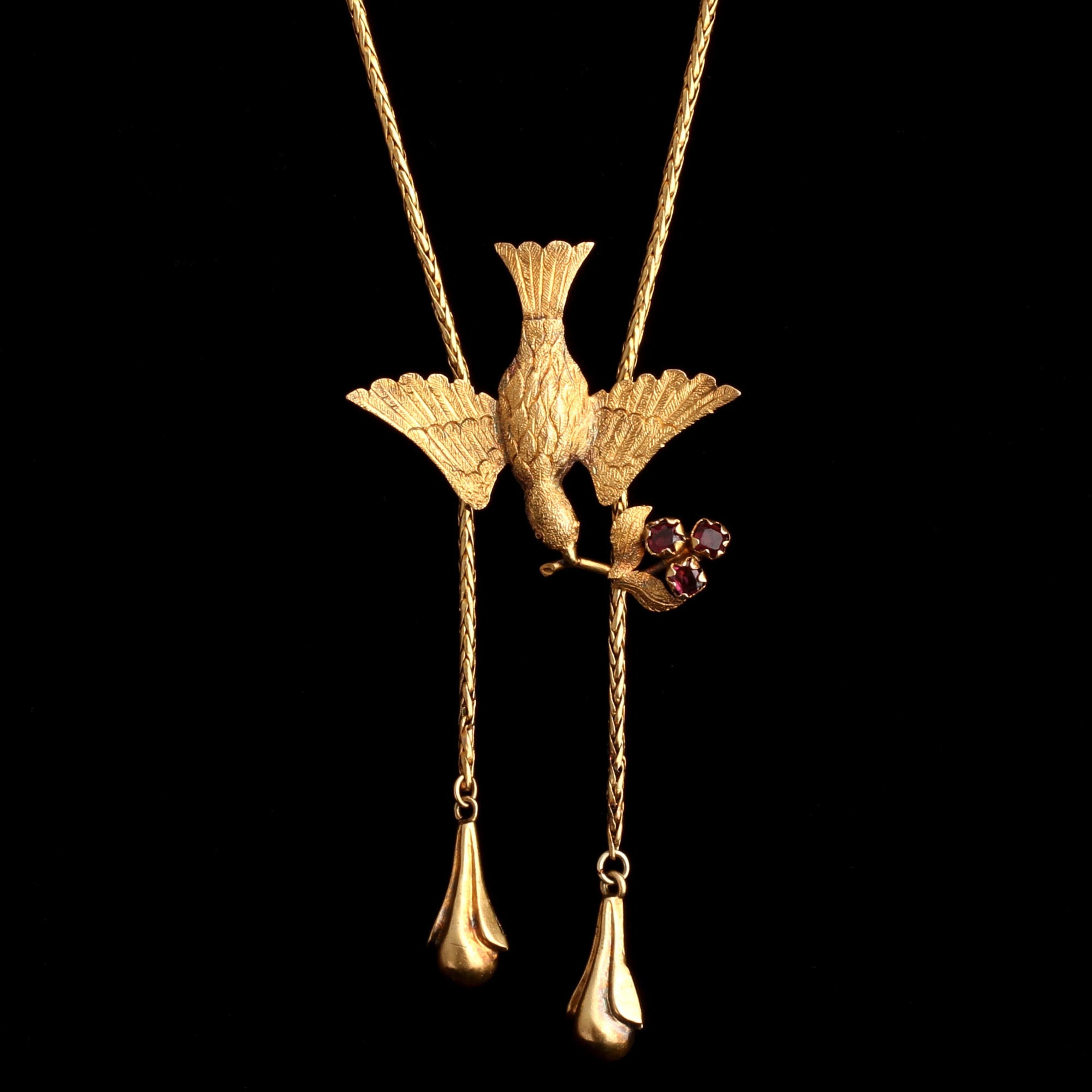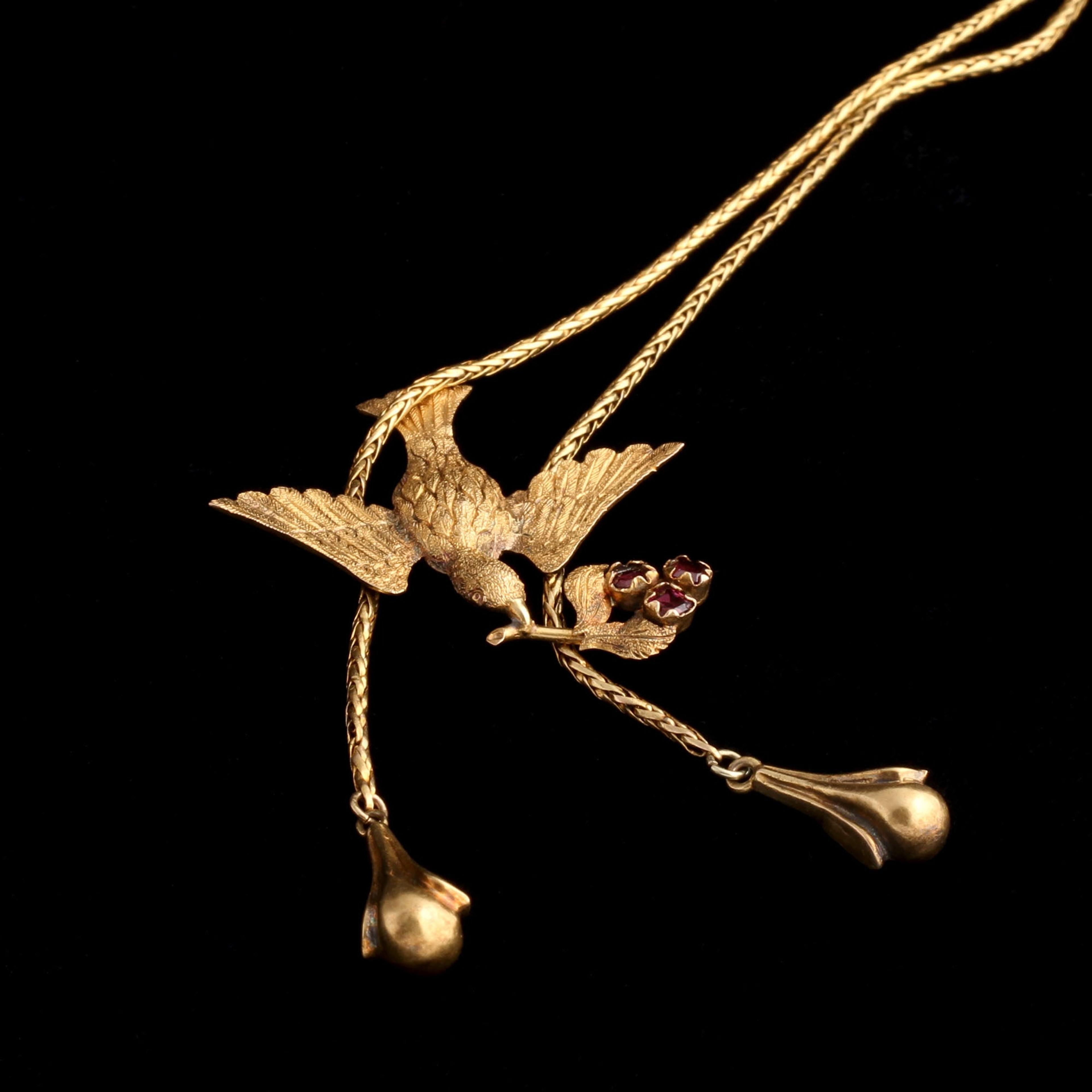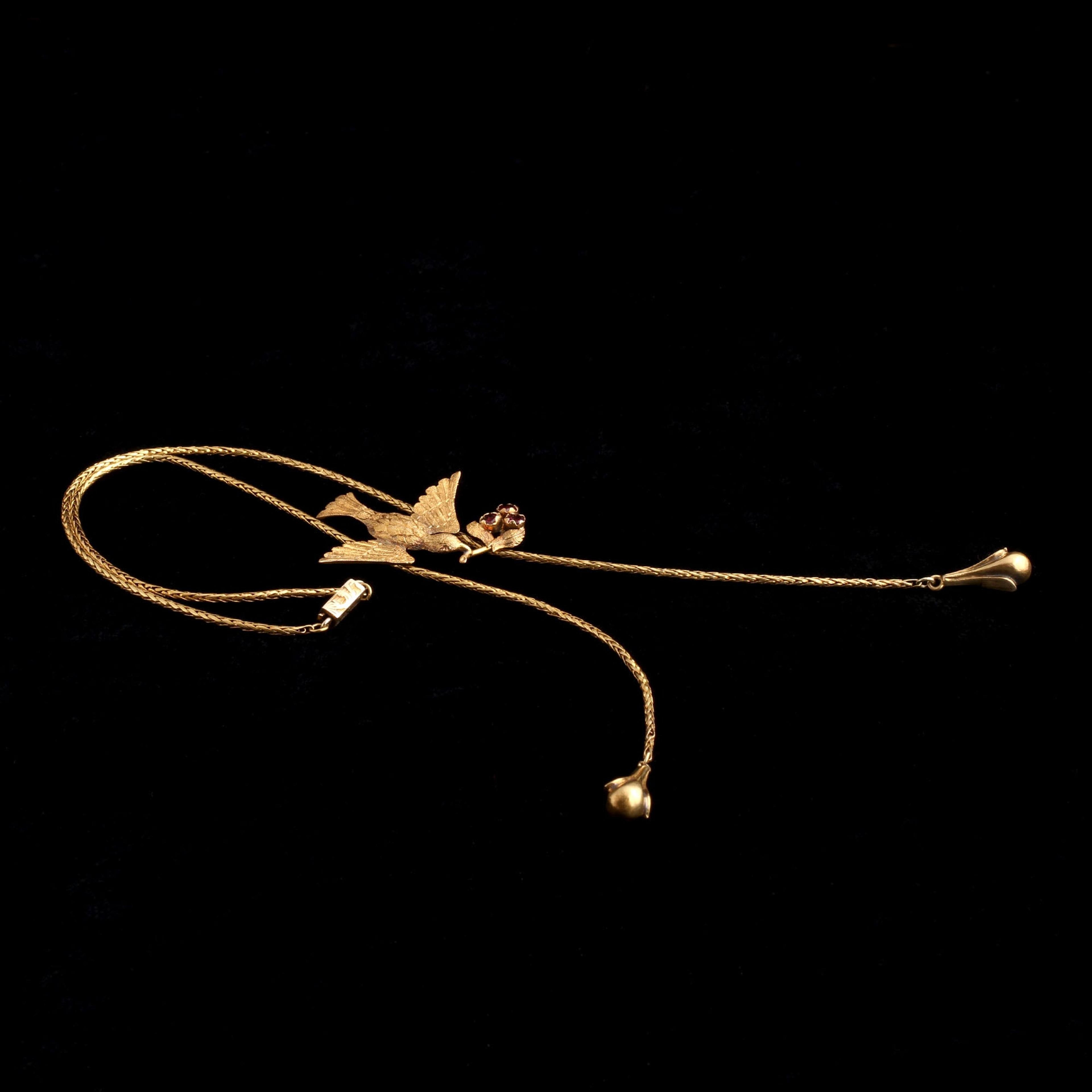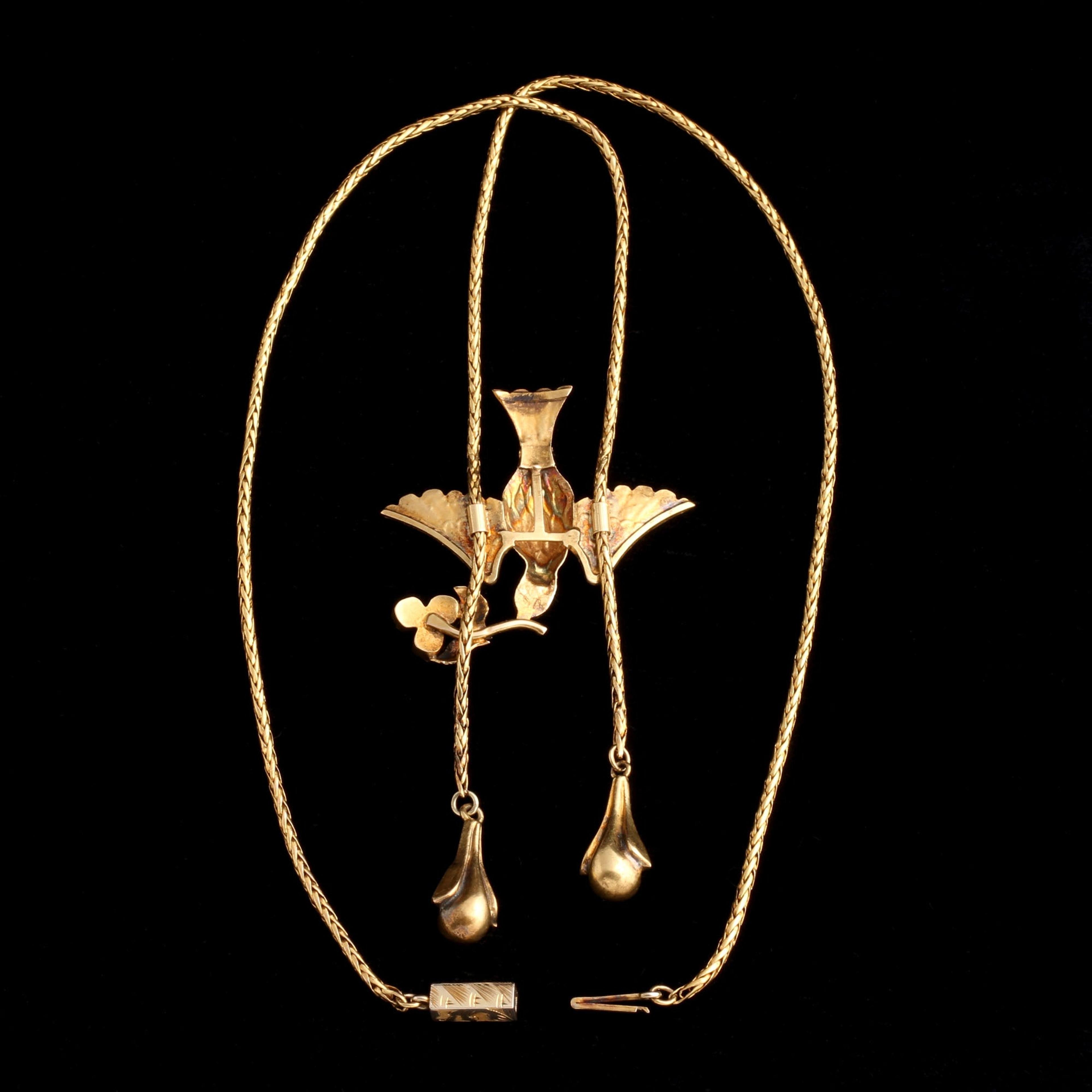Symbolism in jewelry was by no means an invention of the Victorian age, however, the Victorians has a veritable obsession with hidden meaning and this period in history saw a dramatic expansion on the existing motifs previous centuries. In addition to the serpents, moons, wheat, etc of the past, they added a language of flowers, as well as a language of gems (acrostic jewelry), and imbued a vast array of fauna with sentiment. This exquisitely rendered dove with a flower in its beak was employed as a symbol of a few different things, it could mean love and fidelity, peace, or it could be a representation of the Holy Spirit. This dove is also a slide which allows you to adjust the length on this négligée style necklace.
thedetails
- Materials
14k gold (tests), 3 2.5mm garnets
- Age
c. 1870
- Condition
Very good
- Size
can be worn at varying lengths - maximum length is 16.5", dove and olive branch measure 1 1/8" x 1 1/4", 5/8" pendants
Need more photos?
Send us an email to request photos of this piece on a model.
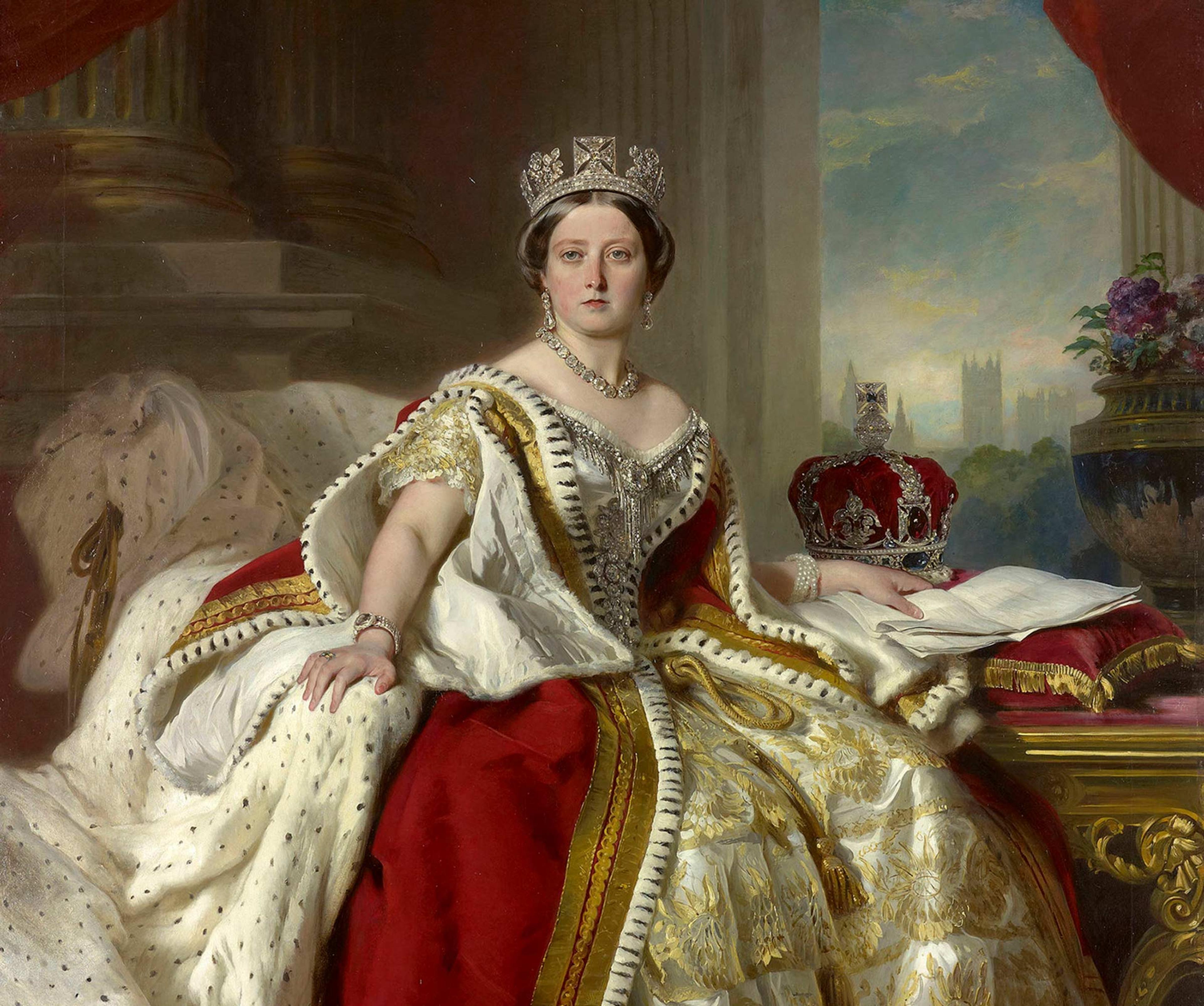
Aboutthe
VictorianEra
1837 — 1901
The Victorians were avid consumers and novelty-seekers, especially when it came to fashion, and numerous fads came and went throughout the 19th century. In jewelry, whatever fashion choices Queen V. made reverberated throughout the kingdom. The Romantic period reflected the queen’s legendary love for her husband, Albert.
Jewelry from this period featured joyful designs like flowers, hearts, and birds, all which often had symbolic meaning. The queen’s betrothal ring was made in the shape of a snake, which stood for love, fidelity, and eternity. The exuberant tone shifted after Prince Albert passed away in 1861, marking the beginning of the Grand Period. Black jewelry became de rigeur as the Queen and her subjects entered “mourning,” which at the time represented not just an emotional state, as we conceive of it today, but a specific manner of conduct and dress. She wore the color black for the remainder of her life, and we see lots of black onyx, enamel, jet, and gutta percha in the jewelry from this time. Finally, during the late Victorian period, which transitioned along with a rapidly changing world into the “Aesthetic Movement”, there was a return to organic and whimsical motifs: serpents, crescent moons, animals, and Japonaisserie designed for the more liberated “Gibson Girl”. During the second half of the 19th century, America entered the global jewelry market, with Tiffany and Co. leading the way. Lapidaries continued to perfect their techniques, and the old European cut emerged toward the end of the Victorian period. The discovery of rich diamond mines in South Africa made the colorless stones more accessible than ever before.
please note:Terms of Sale
Antiques can be returned unworn and in original condition within 10 days of delivery for an exchange or refund minus the cost of shipping. Once a piece has been altered, including ring re-sizing, it is FINAL SALE.
